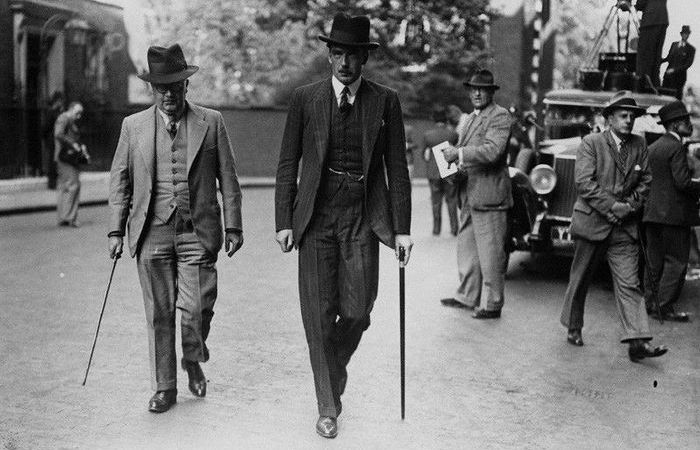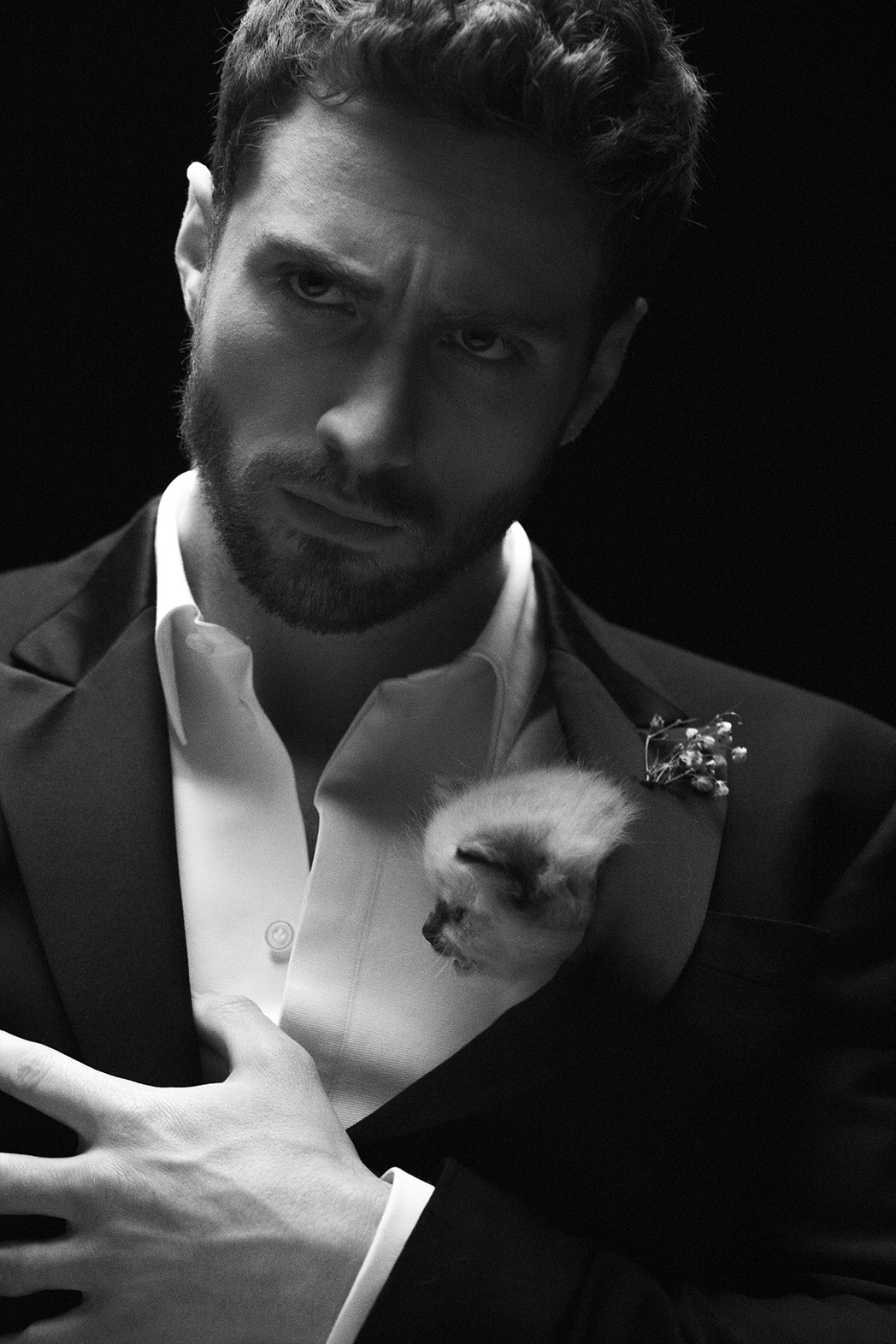Ladies and Gentlemen! This familiar address in English-speaking countries sounds today like a common greeting at all kinds of social events and, importantly, it is addressed to all those gathered. But this was not always the case, moreover, this “not always” was relatively recent.
Let’s omit the “traditions of the deep antiquity”, when the word Lady could only be called a lady of royal blood, with a title and regalia, along with Your Highness or Your Majesty.
Who is the lady
In order to understand who the Lady is in a more modern sense, let’s move on to England in the 18th-19th centuries. For quite a long time, it was possible to address in this way only to a noblewoman, that is, a woman from the privileged strata of society. While gentlemen were called members of the untitled nobility, as a rule, the descendants of the younger sons of feudal lords, who did not get euphonious titles and inheritances in the form of castles and hectares of land next to them.

However, 150-200 years ago (just a moment in the raging ocean of history!) These two words acquired a slightly different meaning than just a definition of class affiliation. Namely, in the era of the reign of Queen Victoria (1837-1901), these terms began to denote a woman and a man who impeccably follow a sophisticated system of social conventions and rituals, or, as it is called in a simpler language, a code of social behavior. Otherwise, disobedient people were threatened with exclusion from “decent society”, that is, the society of ladies and gentlemen, and in those days it was more terrible than a gun.
This unwritten code of honor for Victorian ladies and gentlemen was a declaration of every possible human and Christian virtue. So it would be worth bowing your head to him, but … in practice, he turned out to be more utopian than real, which made the English society of the 19th century a very uncomfortable place to live.
To begin with, in a daily life of constant compromise, it is difficult to meet the maximum moral ideal that was required of the average Victorian, regardless of whether he belonged to the middle or upper class. Therefore, all this quickly developed in society the habit of hypocrisy, hypocrisy and duplicity.
After all, otherwise it was impossible to maintain their social position. Therefore, the demeanor of an exemplary gentleman was unemotional ceremony and cold stiffness, and it was not uncommon that this became so accustomed to consciousness that the mask was not removed even in the family circle.
It is hard to imagine that a Victorian lady would call her husband-gentleman familiarly affectionately Johnny or simply John. Spouses should have addressed “Mr. So-and-so” and “Mrs. So-and-so” even after 20 years of marriage, which culminated in the birth of a handful of heterosexual offspring. At least in people.
Ladies and gentlemen in the Victorian era
In general, the relationship between a man and a woman, and even more so family life, in the Victorian era was regulated by so many conventions and moral restrictions that it was almost impossible to navigate all this without being a born Victorian Englishman. As modern “gentlemen” say, you can’t figure it out without a bottle.

Therefore, it is not surprising that at that time 40 percent of girls (almost half!), Mostly from the middle class, simply could not get married. And not at all because of a demographic catastrophe that did not allow a sufficient number of men to be born, but precisely because of complex concepts of who is a match for whom and who is not.
So, a prosperous and not poor village shopkeeper could not marry his daughter to a butler, who did not even have not only a fortune, but also a penny for his soul, and only because the butler, a representative of the category of senior master’s servants, was incomparably higher on the social ladder. some shopkeeper and his daughter.
The daughter of the butler, in turn, could still be legally married to the son of a shopkeeper, but in no case with a simple peasant guy. Of course, if she insisted, she could do it, but again sacrificing her social status. And not only would the poor girl herself be stopped being accepted in the society corresponding to her, but her children would also be ordered to enter there because of the “reckless act” of the mother.
So if such cases happened, then in our time they would be equated with heroism, and were only from the greatest and purest love.
Puritan piety, with the light (or rather heavy) hand of Queen Victoria, reached such limits in Great Britain at that time that even modern Saudi Arabia could not dream of. In that era, not only the open manifestation of sympathy between a young man and a girl, but even the very word “love” was banned. A whole system of “review passwords” was invented, allowing young lovers to explain their feelings.
The young man was only allowed to ask the girl he liked: “Can I hope?” , which meant “Would you agree to marry me?”, And the girl could only answer this: “I should think,” even if she did everything in order to hear this proposal, and, of course, secretly. Moreover, she had to think at least twice, and only on the third answer “Yes”.
